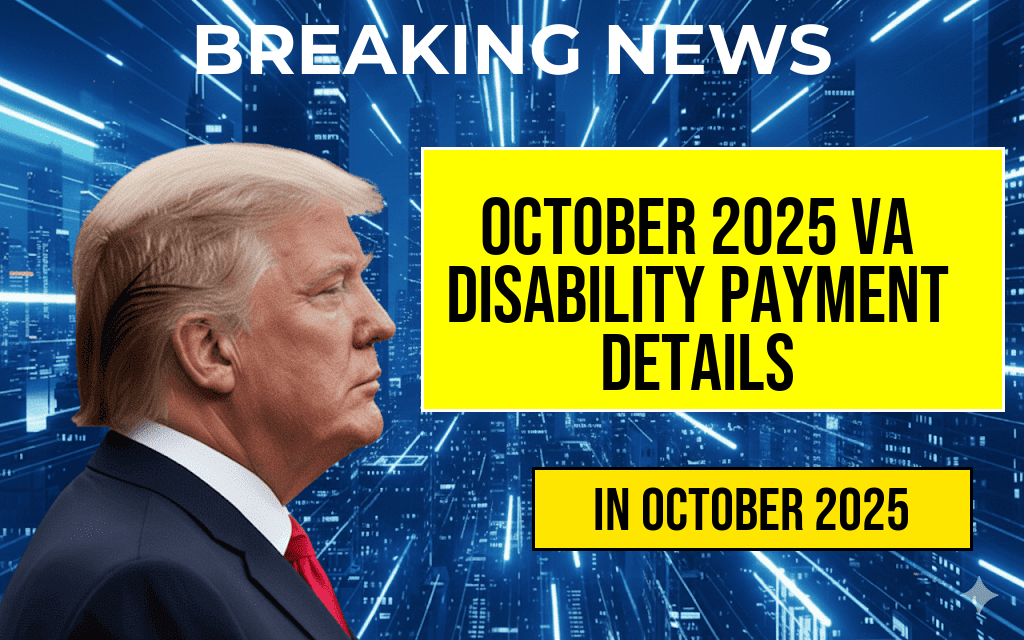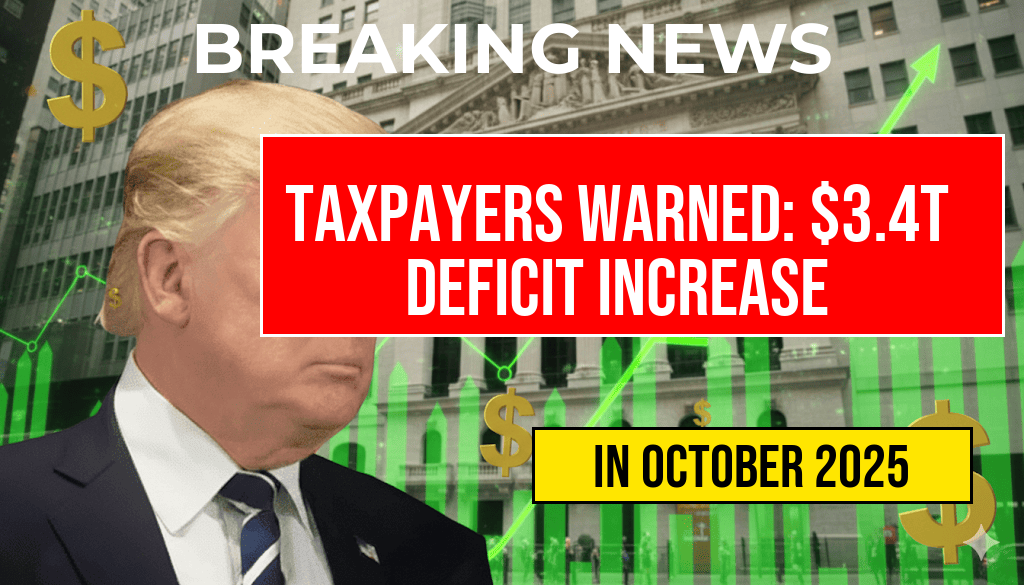Beginning in 2024, families across the United States can expect to receive a significant financial boost as the Child Tax Credit makes a return. Eligible families may receive up to $2,200 for each qualifying child, a measure aimed at alleviating economic pressures faced by households. This reinstatement of the tax credit comes as part of broader fiscal efforts to support families amid rising costs of living and inflation. With many families still recovering from the economic impact of the pandemic, the expanded credit could provide much-needed relief, reinforcing the government’s commitment to child welfare and poverty reduction. Understanding the eligibility requirements and application process is vital for families looking to take full advantage of this financial assistance.
What is the Child Tax Credit?
The Child Tax Credit is a federal program designed to help families with the costs associated with raising children. Initially established in 1997, the credit has undergone several changes, especially during the COVID-19 pandemic when it was significantly expanded to provide additional relief.
Key Features of the 2024 Child Tax Credit
The upcoming Child Tax Credit for 2024 will offer the following benefits:
- Maximum Credit Amount: Families can receive up to $2,200 per qualifying child under the age of 17.
- Eligibility Criteria: The credit is available to families with a modified adjusted gross income (MAGI) below certain thresholds, which are subject to change based on legislative decisions.
- Advance Payments: Eligible families may receive advance payments, similar to the direct payments issued during the pandemic, providing immediate financial support.
Eligibility Requirements
To qualify for the Child Tax Credit in 2024, families must meet specific criteria:
- The child must be under the age of 17 at the end of the tax year.
- The family must have a valid Social Security number for each qualifying child.
- Income limits will apply; the phase-out begins at $200,000 for single filers and $400,000 for joint filers.
Income Limits and Phase-Outs
| Filing Status | Income Limit for Full Credit | Phase-Out Begins |
|---|---|---|
| Single | $200,000 | $200,000 |
| Married Filing Jointly | $400,000 | $400,000 |
How to Apply for the Child Tax Credit
Families can apply for the Child Tax Credit when filing their federal income tax returns. Here are the steps to ensure a smooth application process:
- Gather necessary documents, including Social Security numbers for all children and income statements.
- Complete the IRS Form 1040 and ensure the Child Tax Credit section is filled out accurately.
- Consider consulting a tax professional for assistance, especially if income has fluctuated or if there are multiple sources of income.
Impacts of the Child Tax Credit
The reinstatement of the Child Tax Credit is anticipated to have several positive effects on American families:
- Reducing Child Poverty: Studies have shown that expanded tax credits can significantly decrease the child poverty rate, providing families with the means to cover basic needs.
- Boosting Economic Activity: Increased disposable income can lead to higher spending in local economies, benefiting businesses and communities alike.
- Supporting Education and Health: Families may allocate funds towards educational resources and healthcare, enhancing overall child well-being.
Conclusion
The return of the Child Tax Credit in 2024 represents a vital opportunity for families across the nation to secure financial stability. As the tax season approaches, it is crucial for eligible families to understand the credit’s parameters and ensure they reap the benefits available to them. More information can be found through official channels such as the IRS website and resources like Forbes.
Frequently Asked Questions
What is the Child Tax Credit and how does it work?
The Child Tax Credit is a federal tax benefit designed to support families by providing a credit for each qualifying child. Starting next year, eligible families can receive up to $2,200 for each qualifying child under the age of 17, which can help reduce their overall tax liability.
Who qualifies for the Child Tax Credit?
To qualify for the Child Tax Credit, families must have a child who is under 17 years old at the end of the tax year. Additionally, there are income limits that apply; families with higher incomes may receive a reduced credit or may not qualify at all.
When will families start receiving the Child Tax Credit next year?
Families can expect to receive the Child Tax Credit when they file their taxes for the year. The credits will be available starting in the tax season following the end of the calendar year.
How can families claim the Child Tax Credit?
Families can claim the Child Tax Credit by filling out the appropriate forms when they file their federal tax return. It’s essential to have the necessary documentation to prove the eligibility of each qualifying child.
Will the Child Tax Credit affect my tax refund?
Yes, the Child Tax Credit can positively impact your tax refund by reducing your tax liability. If the credit exceeds the amount of taxes owed, families may receive the difference as a refund.











